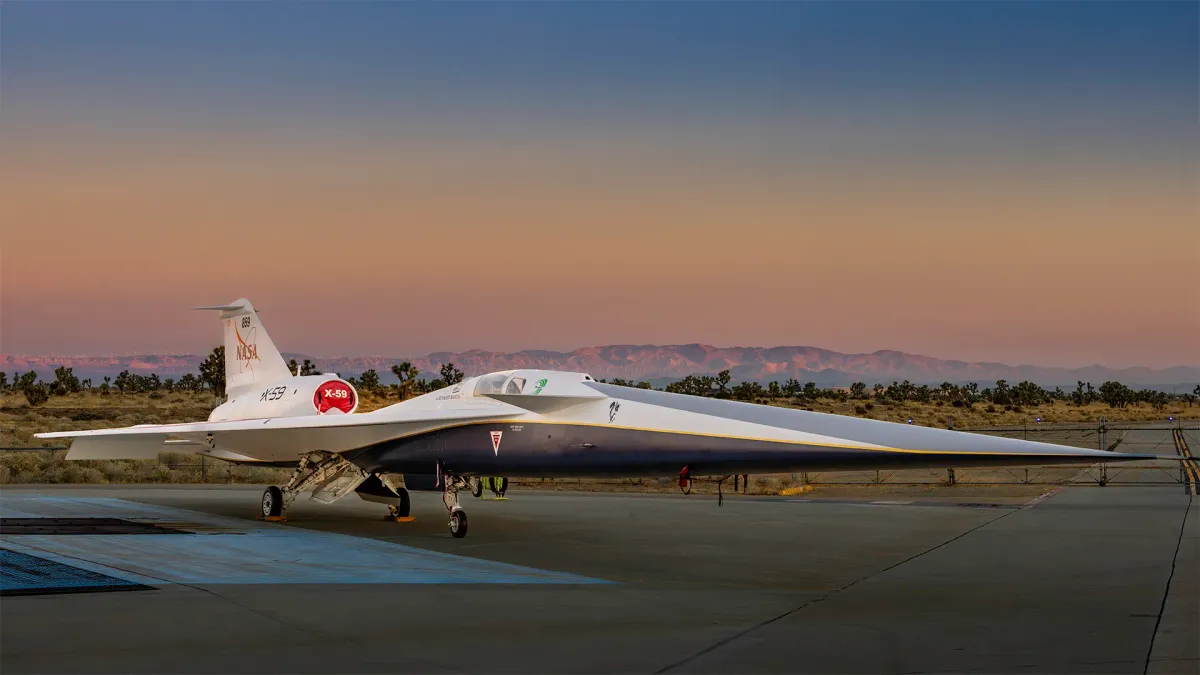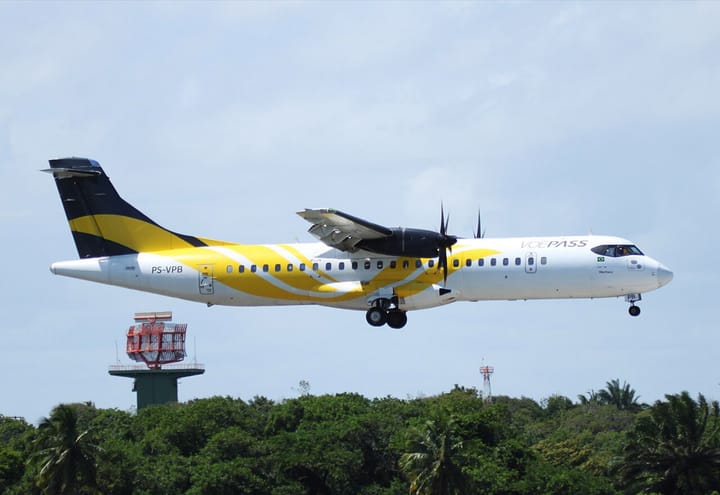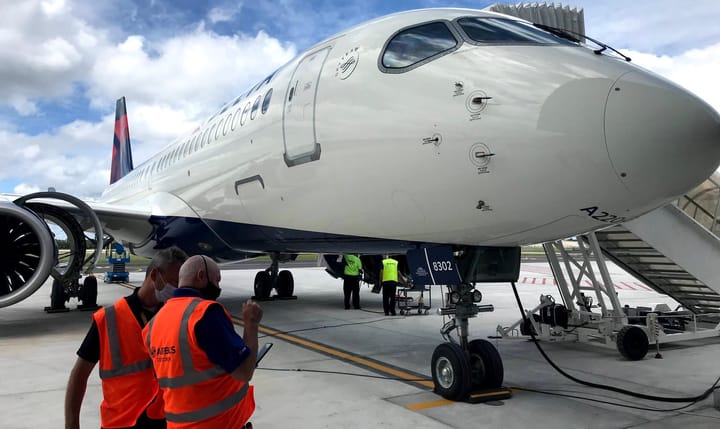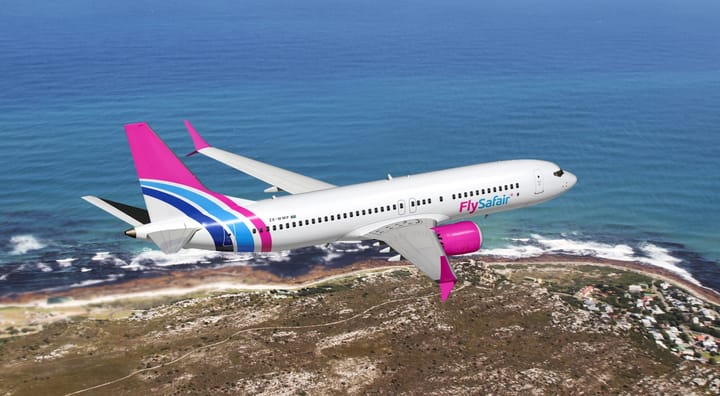NASA’s X-59 was rolled out yesterday in the run-up to its first flight at Lockheed-Martin’s “Skunk Works” facility in Palmdale, California. The supersonic demonstrator will serve as a testbed in a program that NASA hopes will open the door for supersonic flight over populated areas in the near future.
NASA’s X-59 was rolled out yesterday in the run-up to its first flight at Lockheed-Martin’s “Skunk Works” facility in Palmdale, California. The supersonic demonstrator will serve as a testbed in a program that NASA hopes will open the door for supersonic flight over populated areas in the near future.
The concept of lessening (or eliminating ) an aircraft’s sonic boom when travelling at supersonic speed is something that has been the topic of research since the legendary Concorde was retired from service in 2003. While modern airliners and business jets have been developed in the quest for greater efficiency and less fuel burn, the one factor that has been lacking in the development of modern civilian aircraft is speed.
According to the laws of mother nature (and physics), one cannot go past the speed of 1,234 km/h (depending on the weather) without making it known to all those on the ground in a rather spectacular fashion. Depending on the size of the airplane in question and the location of the individual relative to the airplane, the thunderous bang generated by an aircraft travelling at supersonic speeds has the capability of causing damage to buildings.

One can therefor understand why it became illegal in most areas of the world to fly at supersonic speeds over populated areas.
The sonic boom generated by a supersonic aircraft, in the most laymen terms possible, is the result of pressure waves that form on an object when travelling at supersonic speeds, because the air cannot physically move out of the way fast enough to let the object pass through it. The boom created by these pressure waves can usually only be heard in the wake of an object that travels at that speed. It is only when a human falls within the area of that expanding wave when it can be heard.
How does NASA intend to lessen that boom?
If you look at the design of the X-59 above, the most notable feature of this aircraft (other than the fact that it looks like a fighter jet) is the very long nose. The concept of this technology is to create an aircraft that can reduce the impact of a sonic boom. The point on which the shock waves are created are moved far forward of the main fuselage and the surface area is reduced. In addition to the design of the nose, the entire fuselage was designed in such a way that it would help manipulate the form of the shockwaves in such a manner that it would direct a large portion of the energy upward and away from the ground. The two concepts together should create a sonic “thump” that NASA says will be equivalent to the sound of shutting car door.
While the design is certainly impressive, this aircraft is part of a bigger goal, a program NASA calls “QUESST”, and the end game is to set a legal benchmark of how loud a sonic “thump” is allowed to be over populated areas.
The program hopes to change laws that were written in the Concorde era, by flying the X-59 over densely populated cities and measuring both sound and public reaction to the “thump”.
If the impact can be proven to be negligible, it will open the door to an array of recent start-ups like Boom, who aim to bring back supersonic air travel. The testing is very much focused on the USA, but if it happens to be successful it could very well change the landscape of air travel around the globe, and perhaps a future with supersonic air travel might not seem so far fetched as it currently is.





